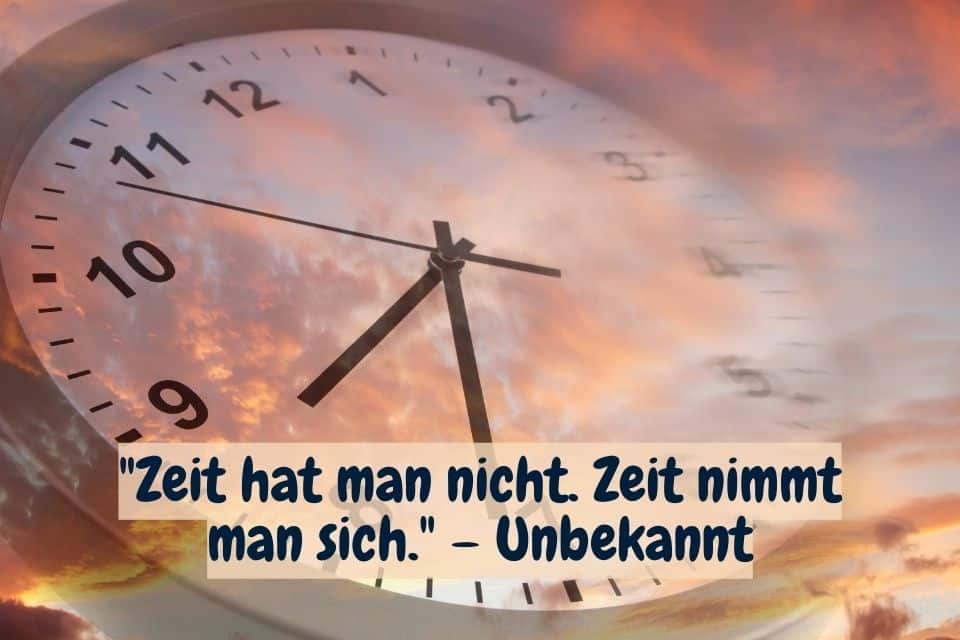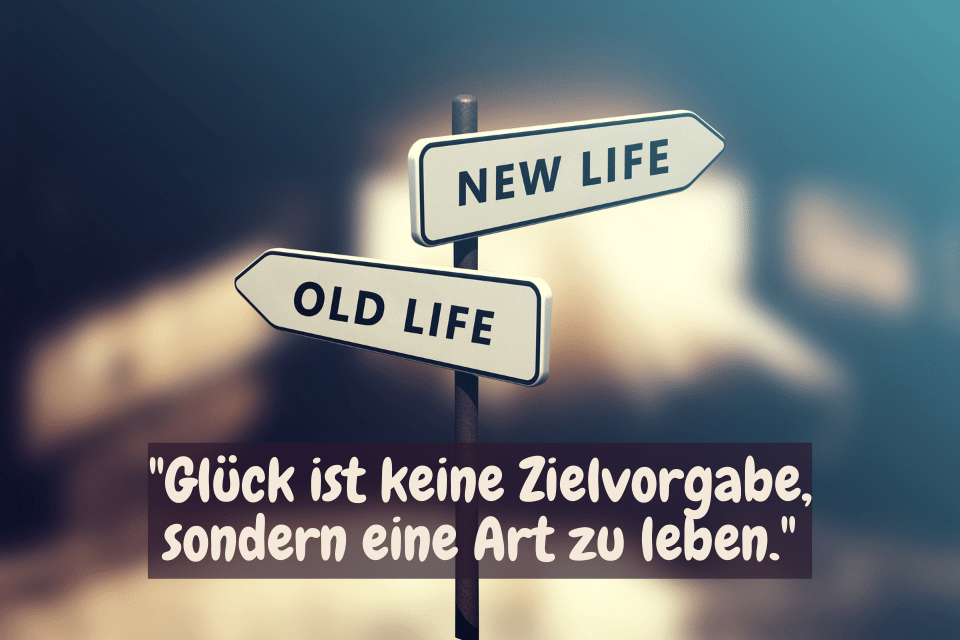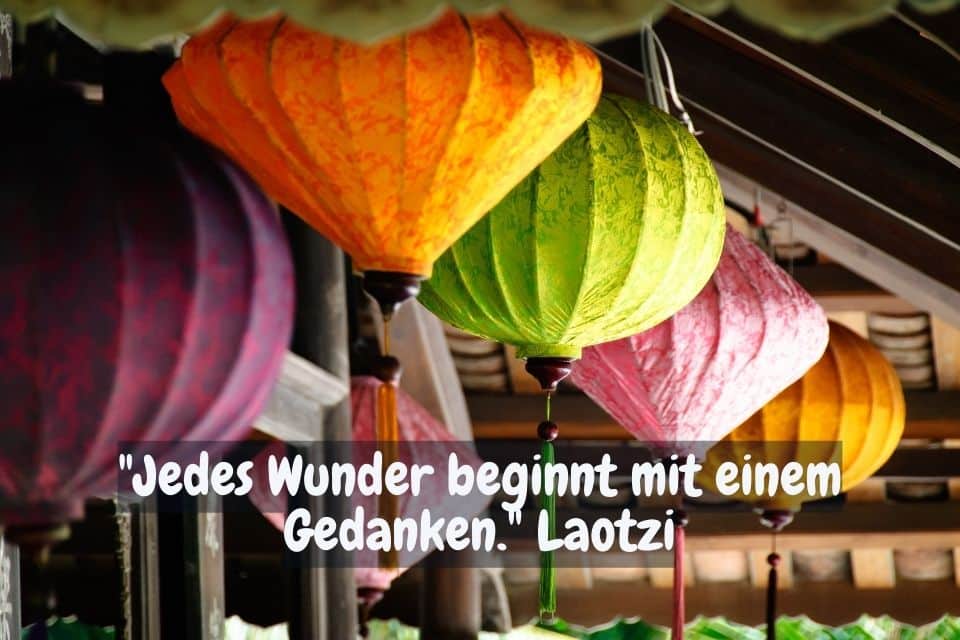Last updated on February 9, 2023 by Roger Kaufman
Who is Buddha?
“Buddha” implies “one who is awake.”
The Buddha who lived 2.600 years earlier was not a god.
He was an average person named Siddhartha Gautama, whose comprehensive understanding motivated the globe.
The Tibetan sculpture of Shakyamuni Buddha rests and also touches the planet.
FAQ Buddha
Who was Buddha?

Buddha, also known as Siddhartha Gautama, was a spiritual teacher and founder of Buddhism. He lived in India about 2500 years ago and achieved enlightenment under a fig tree.
What does the word “Buddha” mean?
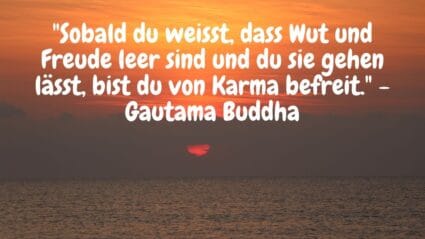
The word “Buddha” comes from Sanskrit and means “the awakened one”. It refers to one who has realized the truth about the nature of life and the universe.
What did Buddha teach?
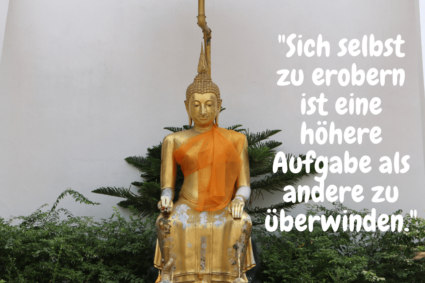
Buddha taught that suffering is an inevitable part of human life, but that it is possible to overcome this suffering and achieve a state of peace and bliss. This is achieved by overcoming desire and ignorance and developing wisdom and compassion.
How does one become a Buddha?
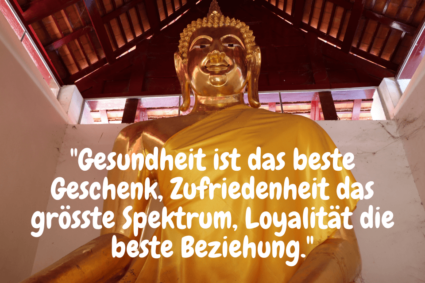
According to Buddhism, anyone is capable of becoming a Buddha by following the path of enlightenment. This includes the practice of meditation, ethical behavior and the development of wisdom and compassion.
What is the purpose of life in Buddhism?
The purpose of life in Buddhism is to overcome suffering and achieve complete enlightenment in order to live in a state of peace and bliss.
What are the Four Noble Truths?
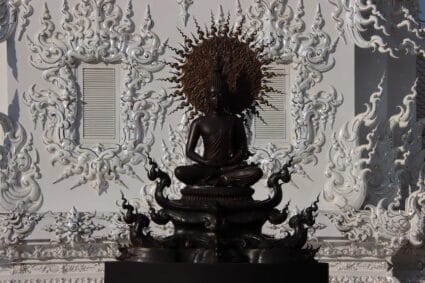
The Four Noble Truths are the foundations of Buddhism and include the truths about suffering, its causes, its surmountability, and the path to overcoming it.
What are the five obstacles?
The Five Obstacles are the five things that can hinder progress on the path to enlightenment: desire, hatred, confusion, doubt, and pride.
Who is Buddha?
The Buddha was a philosopher, beggar, meditator, spiritual teacher, and religious leader who was born in Lumbini, Nepal, and remained in ancient India.

Buddha is not a name, but a title. It is a Sanskrit word that describes “a person who is awake.”
Simply put, Buddhism suggests that most of us live in a haze of impressions caused by false assumptions and also “contamination” – Hate, greed, lack of knowledge.
A pair of Buddha is one who is without haze. It is said that when a Buddha dies, he or she does not reincarnate - but enters the tranquility of bliss, which is not a "paradise" but an altered state of presence.
In most cases where a person claims the Buddha, it remains in reference to the historical individual who founded Buddhism.
This was a man named Siddhartha Gautama who lived in northern India and Nepal about twenty-five centuries ago.
What do we understand about the historical Buddha? Who is Buddha?
People practicing meditation under the Bodhi tree in Bodhgaya, India.
The typical History begins with Siddhartha Gautama's birth in Lumbini, Nepal, around 567 BC. That was him Kind of a king whose protected luxury increased. He married and had a child.
The royal prince Siddhartha was twenty-nine years old orwhen his life changed.
On carriage rides outside his royal residences, he first saw a sick person, then another old Man, after that a remnant.
This drank him to the core of his being; He realized that his blessed reputation would certainly not protect him from illness, seniority, and death.
When he saw a spiritual candidate - a beggar "holy man" - he had to look for comfort in him.
He reflected under “the Bodhi Tree” until he realized knowledge. From this point on he would certainly be called the Buddha.
The royal prince gave up his worldly live and also began a spiritual persecution.
He sought out instructors and punished his body with Spartan methods such as severe, long-term fasting.
It was believed that punishing the body is the means to strengthen the mind, which is alongside Tod the door to Background discovered.
Nevertheless, after 6 years, the royal prince really only felt Stress.
At some point he understood that the way to calmness was through psychological techniques. In Bodh Gaya, in what is now the Indian state of Bihar, he was reflected under a ficus tree, the “Bodhi tree,” until he grew tired or realized knowledge.
From this point on he would certainly be referred to as Buddha.
He invested the rest of his life into training individuals to understand knowledge for themselves.
He gave his first lecture in contemporary Sarnath near Benares and then strolled from town to town picking up followers along the road.
He began the first order of Buddhist religious women and monks, many of whom were also excellent educators.
He died around 483 BC. XNUMX BC in Kushinagar in what is now the state of Uttar Pradesh in northern India.
The Story of Buddha – Who is Buddha?
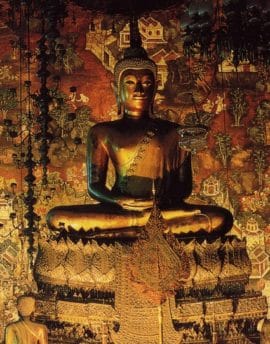
The standard story of the life Buddha's may not be factually accurate. We do not have different possibilityto know this for sure.
Chroniclers are different today It is usually agreed that there was a historical Buddha who died sometime in the fourth to sixth centuries BCE. BC lived or provided.
It is believed that at least some of the lectures and also retracted guidelines recorded in the earliest Bibles are his words or something close to his words.
However, this concerns many historical scholars will certainly leave.
Were there various other Buddhas?
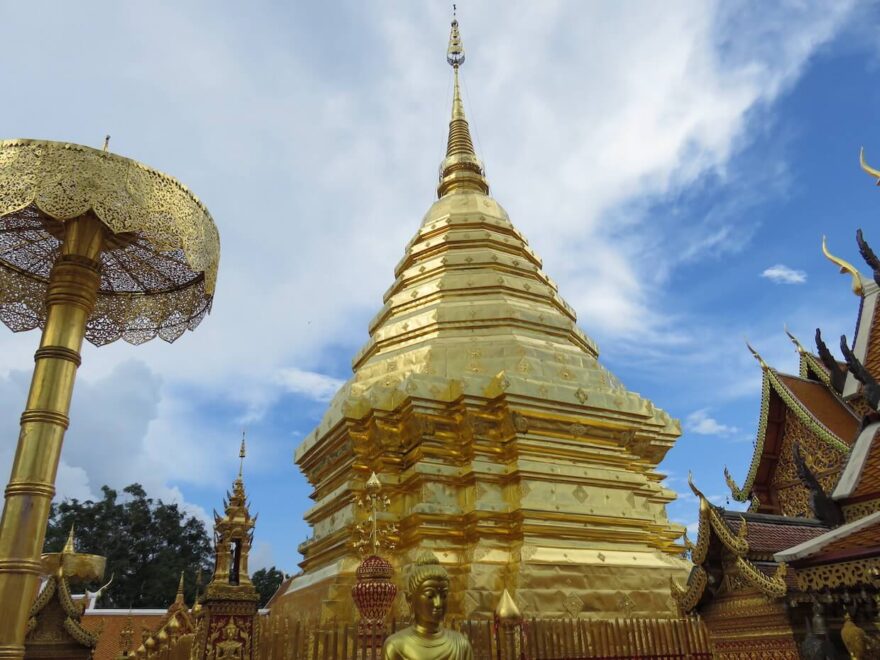
In Theravada Buddhism - Southeast Asia's premier college - it is believed that there is only one Buddha per era of humanity.
Every age is an unimaginably long one Time.
The Buddha the presence is our historical Buddha, Siddhartha Gautama. Another individual that Background understands in this age is not called Buddha.
Rather, she or he is an Arhat (Sanskrit) or Arahant (Pali) – “worthwhile” or “evolved.”
The main difference between an Arhat and a Buddha is that only a Buddha is a Globe Educator unlocked for all others.
Early Bibles name various others Buddhas, which remained in the unimaginably long earlier times.
There is also Maitreya, the future Buddha, who will certainly appear when all memories of our Buddha's mentors have actually been lost.
There are various other significant practices of Buddhism, Mahayana and also called Vajrayana, and these practices did not limit the variety of Buddhas that can exist. However, for professionals of Mahayana and also Vajrayana Buddhism, it is suitable to be a bodhisattva who promises to stay on the planet until all beings are informed.
Who is Buddha – what concerns Buddhas in Buddhist art

There is a wide range of Buddhas, particularly in Mahayana and Vajrayana Bibles as well as art. They represent elements of knowledge and also represent our own innermost ones Natures.
Some of the better known known or transcendent Buddhas consist of Amitabha, the Buddha of Limitless Light; Bhaiṣajyaguru, the Medication Buddha, who represents the power of recovery; as well as Vairocana, the global or prehistoric Buddha, who represents absolute truth.
The method by which the Buddhas are established additionally shares specific definitions.
The hairless, plump, giggly guy that several Westerners think is Buddha is a figure from 10th century Chinese mythology. His name is Budai in China or Hotei in Japan.
He represents both joy and wealth, he is a guardian of children and also of the unwell and also of the weak. In some stories he is discussed as an emanation of Maitreya, the future Buddha.
Who is Buddha and do Buddhists pray?

The Buddha was not a god, and the many legendary figures of Buddhist art do not represent god-like beings, which you will certainly prefer if you praise them.
The Buddha was considered crucial for this Prayer designated. In a Bible (Sigalovada Sutta, Digha Nikaya 31) he experienced how a Boy participated in a Vedic prayer method.
The Buddha informed him that it was more important to allocate in a responsible, moral method live, than to pray anything.
You might think about prayer when you see Buddhists accepting Buddha statues, but something else is taking place.
In some institutions of Buddhism, bowing and offerings are a physical expression of the inclination of a self-seeking, ego-centered life and also a dedication to practicing the Buddha's trainings.
What did the Buddha teach?

As the Buddha Background obtained, he additionally realized another thing: what he would certainly see was, up until now, a common experience in the open air that could not be fully clarified.
As opposed to training individuals what to think, he trained them to recognize knowledge for themselves.
The fundamental mentor of Buddhism is the 4 Noble Realities.
The first reality quickly informs us that this live dukkha is a word that doesn't fit well into English.
It is typically transmuted as “suffering,” but it also suggests “difficult” and also “unable to please.”
The 2nd fact informs us that dukkha has a reason. The immediate cause is desire, and the desire arises because we have the Truth not understanding and not knowing ourselves.
Due to the fact that we misinterpret ourselves, we are full of stress and anxiety as well as disappointment.
We experience living in a lean, complacent method.
If we Life Wish Points that we believe will definitely satisfy us.
However, we only find satisfaction quickly and then the stress and fear and longing begin again.
We can realize the reason for dukkha and also be freed from the hamster wheel of stress and fear and also longing.
Buddhist only ideas However, assuming this will certainly not complete this.
Freedom depends on one's understanding to the resource Dukkha.
The longing will certainly not stop until you yourself understand what triggers it.
The 4th Reality informs us that understanding comes through the method of the Noble Eightfold Course.
The Eightfold Course can be clarified as a summary of 8 types of methods - consisting of reflection, mindfulness and a moral life that benefits others - that will certainly help us live a better one to lead life and also the knowledge about to localize knowledge.
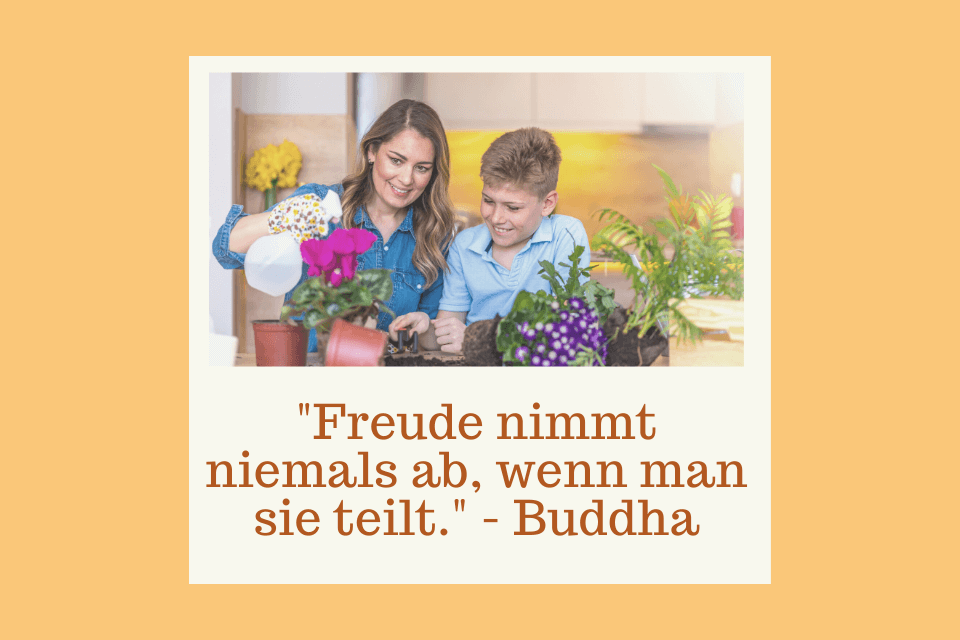
Individuals think that being informed is constant glücklich to be, but that is not the situation.
Achieving knowledge does not always happen at the same time. In extreme cases, knowledge is specified in such a way that it comprehensively considers the truth nature of facts, including ourselves.
Knowledge is also referred to as Buddha nature, which is the essential nature of all beings in Vajrayana and Mahayana Buddhism.
One means of recognizing this is to note that the knowledge of Buddha constantly exists, whether we know it or not.
According to this, knowledge is not a top quality that some people think People have and others don't either.
Understanding knowledge means recognizing what is current. It's just that most of us... Fog lying there and not being able to see it either.
Is there a Buddhist scripture?
Not exactly. On the one hand, a number of universities and religions use the Buddhism not all exactly the same canon of Bibles.
A message respected by one college may not be identified in another.
Better, Buddhist Bibles are the exposed words of a God that must be approved without question.
The Buddha showed us that we don't have one Mentor for authority alone, but to explore it for ourselves.
The many sutras and various other messages exist to guide us, not to indoctrinate us.
The essential factor is that Buddhism is not something you think, but something you do.
It is a course of both individual technique and individual exploration.
Individuals have actually walked this course for 25 centuries, and now there are many instructions, signposts and pins. In addition to many attractive Bibles, there are also trainers and instructors.
Buddha – Words of Wisdom (Audiobook)
Source: Buddha's teachings



